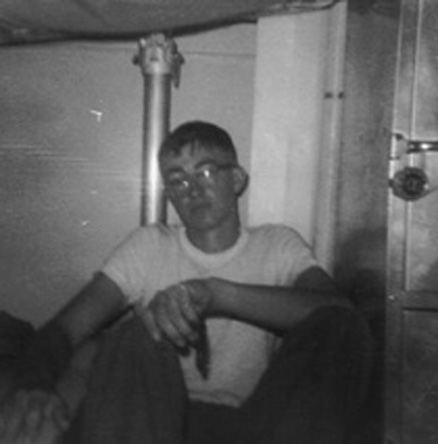Mr. Amputation

Edward Alanson acquired a reputation for having induced a "revolution" in amputation technique: by combining the flap-technique with the immediate post-operative union of the skin-edges by apposition, he hoped to achieve healing by first intention. Feeling responsible to the public when changing the technique of amputation - an operation "terrible to bear, horrid to see, and (which) must leave the person on whom it has been performed, in a mutilated imperfect state" (Alanson 1782, p xi-xii) - Alanson substantiated the superiority of this innovation by comparing the results of his new method numerically with those he had previously observed using the old technique. Alanson presented the results of his analyses using this 'historical control group', and referred frankly to some of its hidden pitfalls in the preface to his influential Practical Observations on Amputations (1779). A second English edition appeared much enlarged by the favourable judgment of many colleagues in 1782; a French translation appeared the same year; and a German translation was published in 1785.
"Â such trials should likewise previously have been made, as are sufficient to demonstrate that the doctrine recommended will bear the test of general experience... Had I been aware of the utility of such an attention, I would not have omitted taking an accurate history of every amputation at which I have been present. However, the following heads of success may be relied upon, and I hope will answer my present purpose" (Alanson 1782, p xii-xiii).
Judged by his mortality and morbidity statistics, Alanson's new technique was an improvement: whereas 10 out of 46 patients had died after the old procedure, none of the 35 patients he treated with the new technique had died, and the postoperative course had been much less complicated following the new procedure. Alanson insisted that the 35 patients whom he had treated with the new procedure had been unselected referrals to the Liverpool hospital, "where the practice has been made as public as possible", rather than in private practice (Alanson 1782, p xv-xvi).
From:
Tröhler U. Edward Alanson 1782: responsibility in surgical innovation. In: The James Lind Library (www.jameslindlibrary.org).


0 Comments:
Post a Comment
<< Home